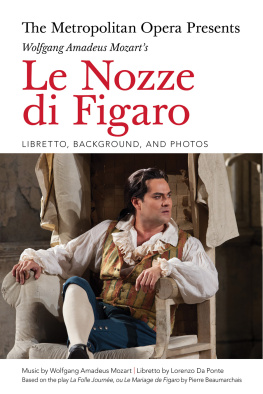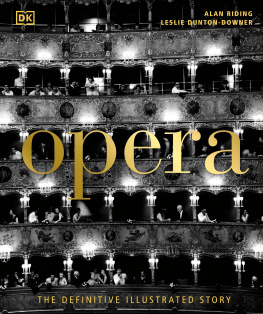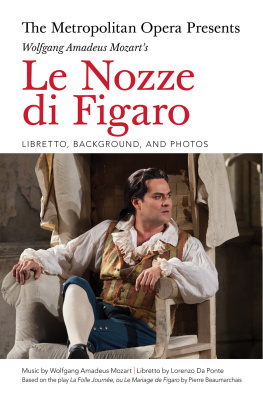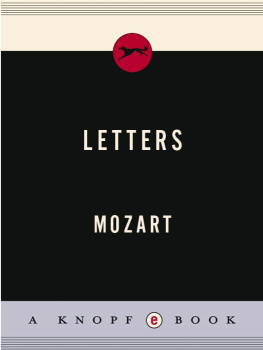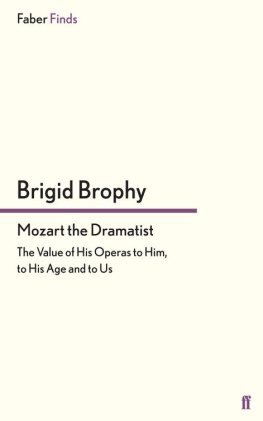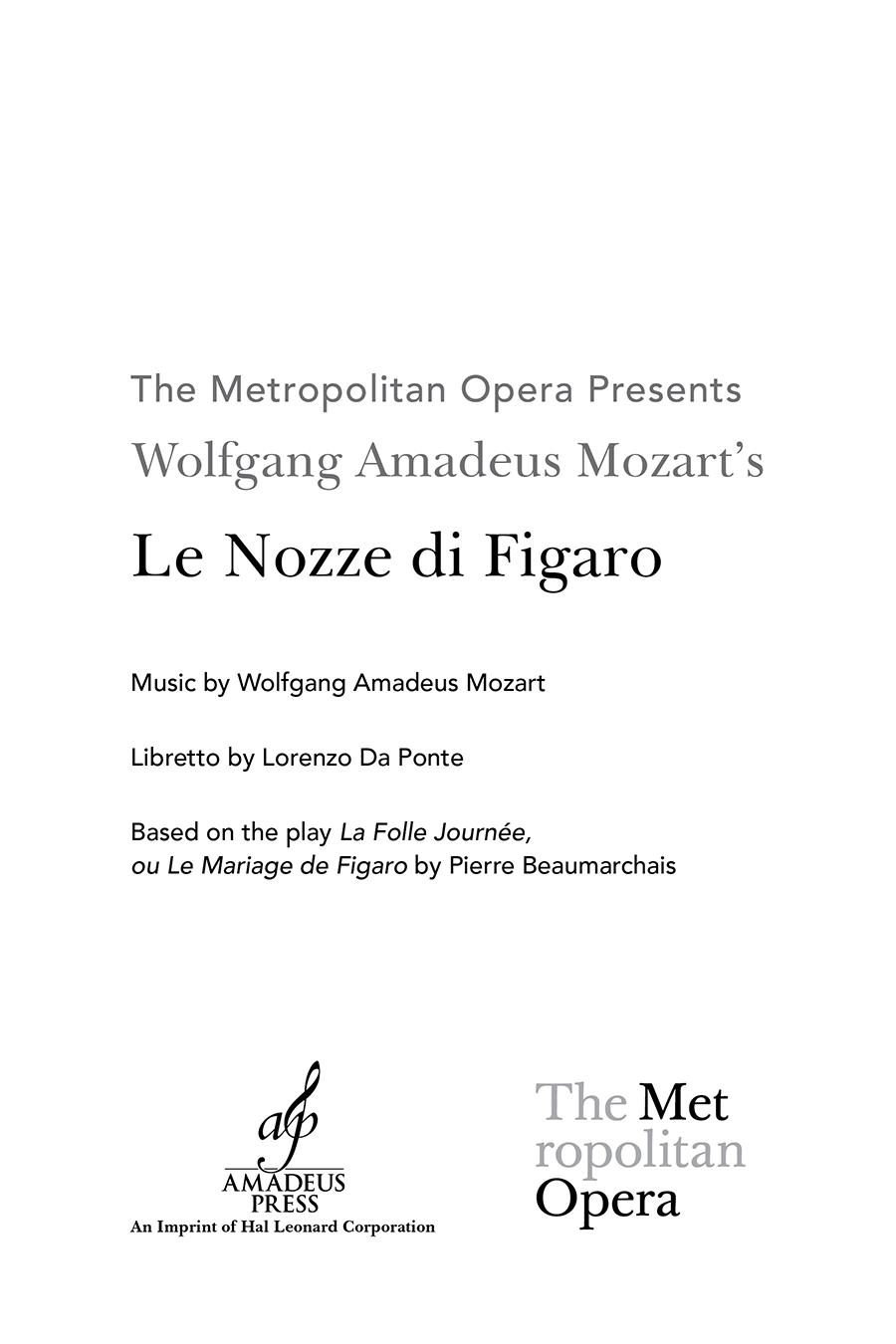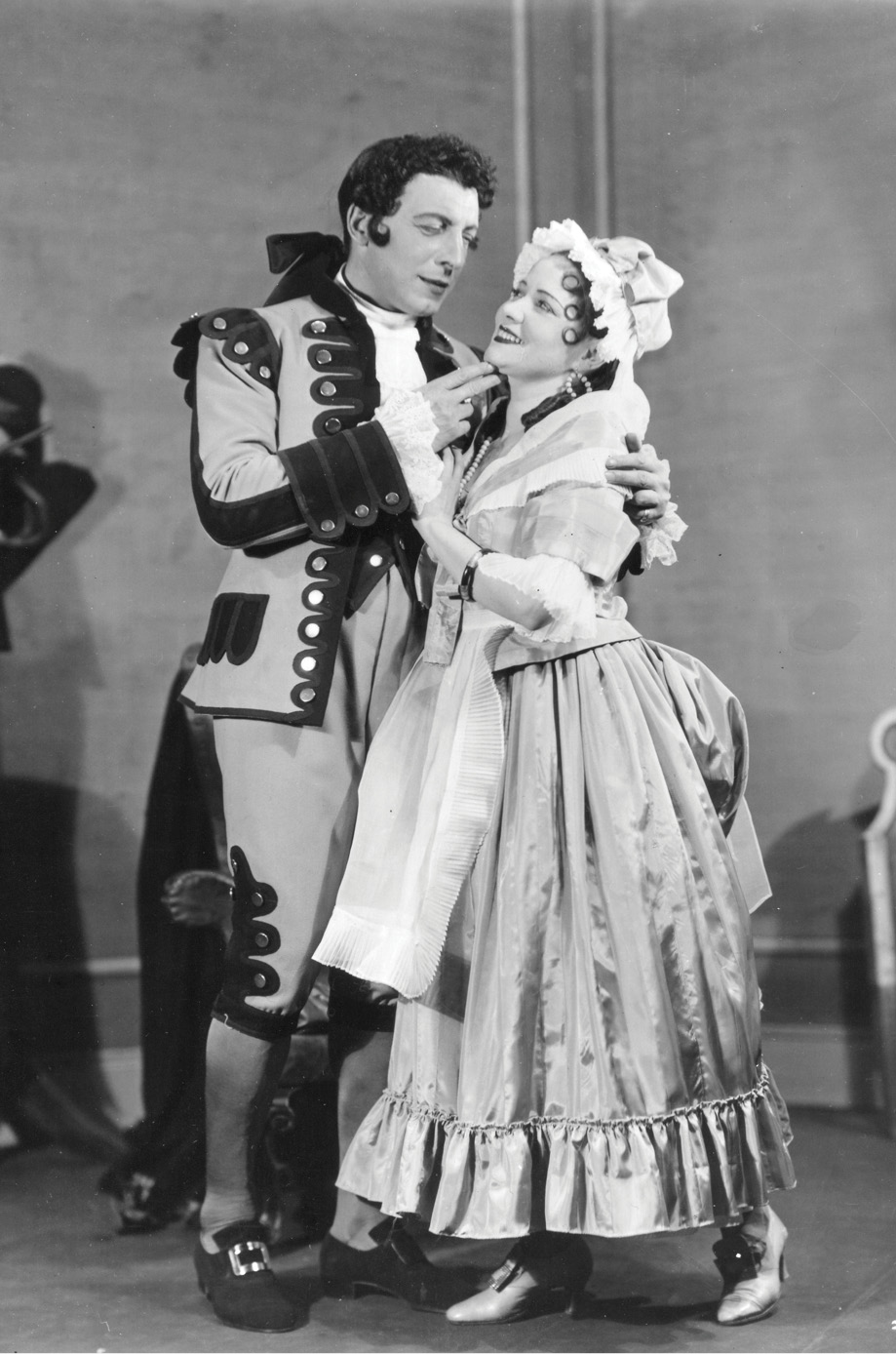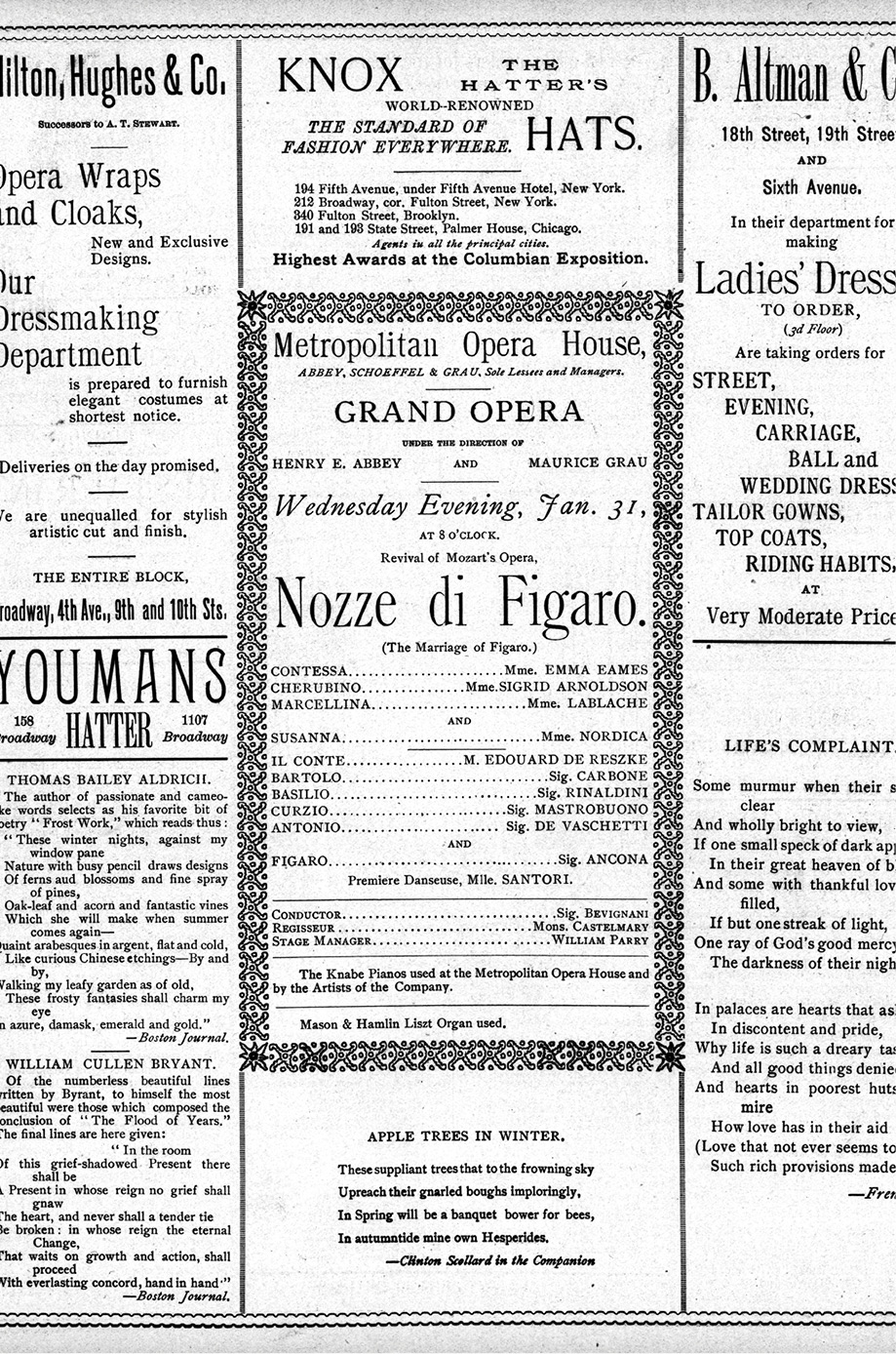Copyright 2014 The Metropolitan Opera All rights reserved. No part of this book may be reproduced in any form, without written permission, except by a newspaper or magazine reviewer who wishes to quote brief passages in connection with a review. Published in 2014 by Amadeus Press
An Imprint of Hal Leonard Corporation
7777 West Bluemound Road
Milwaukee, WI 53213 Trade Book Division Editorial Offices
33 Plymouth St., Montclair, NJ 07042 English translation of libretto copyright 1998 by Leyerle Publications, 28 Stanley Street, Mt. Morris, New York 14510. English translation by Nico Castel. Originally published by Leyerle Publications as part of The Libretti of Mozarts Completed Operas , in two volumes.
These publications, and others in the Leyerle Opera Libretti series, are available directly from Leyerles website at www.leyerlepublications.com. Printed in the United States of America Book design by Mark Lerner Library of Congress Cataloging-in-Publication Data is available upon request. www.amadeuspress.com Contents With its sublime mix of humor, pathos, and deep humanity, Le Nozze di Figaro has been one of Mozarts most popular works since it first saw the stage in 1786, and it remains a high-water mark of opera itself to this day. Figaro had its Met premiere in 1894, with some of the biggest stars of the day in the leading roles, and it has attracted many great Met artists ever since, from Gustav Mahler, who conducted a new production in 1909, to celebrated interpreters of the title role such as Ezio Pinza, Cesare Siepi, or in more recent years, Bryn Terfel and Ildar Abdrazakov. It is also a signature work of Met Music Director James Levine, who has led more than 65 performances since 1985. The first collaboration of Mozart and librettist Lorenzo Da Ponte (they would later go on to create Don Giovanni and Cos fan tutte ), Figaro stands as one of the great human comedies in the repertoire, and many of its melodies have long transcended their operatic origins and become a part of our collective musical consciousness.
Like the previous volumes of the Metropolitan Opera Presents series, this book is designed to give readers an in-depth introduction to this timeless masterwork. In addition to the complete libretto in Italian and English, we have included a synopsis, a detailed program note with historical background, and the In Focus feature we provide in the Mets house program every nighta brief summary of key aspects of the opera. We have also featured a wealth of archival photos from Le Nozze di Figaro s 120-year history at the Met. Whether you experience Figaro in the opera house, as part of our Live in HD movie-theater transmissions or radio broadcasts, or as a web stream, we hope this book will give you all the information you need to enjoy and appreciate one of operas most beloved works. To learn more about Met productions, Live in HD movie-theater transmissions, Met membership, and more, visit metopera.org.
Ezio Pinza as Figaro and Bid Sayo as Susanna, 1940
Metropolitan Opera Archives
Act I Count Almavivas estate near Seville, 18th century.
Figaro and Susanna, servants to the Count and Countess Almaviva, are preparing for their wedding. Figaro is furious when his bride tells him that the Count has made advances toward her and vows to outwit his master. The scheming Dr. Bartolo appears with his housekeeper, Marcellina, who wants Figaro to marry her as a way to cancel a debt he cannot pay. When she runs into Susanna, the two women trade insults. The page, Cherubino, enters and, finding Susanna alone, tells her that he is in love with each and every woman in the house.
He hides when the Countwho is angry because he caught Cherubino flirting with Barbarina, the gardeners daughter, earliershows up. The Count again pursues Susanna, but conceals himself when the music master, Basilio, approaches. When Basilio tells Susanna that Cherubino has a crush on the Countess, the Count furiously steps forward. He becomes further enraged when he discovers the page in the room. Figaro returns with a group of peasants who praise the Counts progressive reform in renouncing the traditional right of a nobleman to take the place of a manservant on his wedding night. The Count orders Cherubino to join his regiment in Seville and leaves Figaro to cheer up the unhappy boy.
Act II The Countess laments that her husband no longer loves her. Encouraged by Figaro and Susanna, she agrees to set a trap for him: they will send Cherubino, disguised as Susanna, to a rendezvous with the Count. The two women begin to dress Cherubino in girls clothes. When Susanna goes off to find a ribbon, the Count knocks and is annoyed to find the door locked. Cherubino hides in the closet. The Countess admits her husband, who, when he hears a noise, is skeptical of her story that Susanna is inside the closet.
Taking his wife with him, he leaves to get tools to force the door. Meanwhile, Susanna, who has reentered unseen and observed everything, helps Cherubino escape through the window before taking his place in the closet. When the Count and Countess return, both are stunned to find Susanna inside. All seems well until the gardener, Antonio, appears, complaining that someone has jumped from the window, ruining his flowers. Figaro, who has rushed in to announce that everything is ready for the wedding, pretends that it was he who jumped, and fakes a sprained ankle. Bartolo, Marcellina, and Basilio appear, waving a court summons for Figaro.
Delighted, the Count declares the wedding postponed. Act III Susanna leads the Count on with promises of a rendezvous, but he grows doubtful when he overhears her conspiring with Figaro and declares he will have revenge. The Countess recalls her past happiness. Marcellina demands that Figaro pay his debt or marry her at once. But noticing a birthmark on his arm, she is astonished to discover that he is her long-lost son, fathered by Bartolo. The joyful parents agree to marry as well.
Susanna and the Countess continue their conspiracy against the Count and compose a letter to him confirming the rendezvous with Susanna that evening in the garden. Later, during Figaro and Susannas wedding ceremony, the bride slips the letter to the Count. Act IV In the garden, Barbarina tells Figaro and Marcellina about the planned rendezvous between the Count and Susanna. Thinking that his bride is unfaithful, Figaro rages against all women. As he leaves, he just misses Susanna and the Countess, dressed for their masquerade in each others clothes. Alone, Susanna sings a love song while Figaro, hidden nearby, thinks she is speaking to the Count.
Susanna conceals herself in time to see Cherubino declare his love to the disguised Countessuntil the Count chases him away to be alone with Susanna. Soon Figaro understands what is going on and, joining in the fun, makes exaggerated advances toward Susanna in her Countess disguise. The Count returns, finding Figaro with his wife, or so he thinks. Outraged, he calls everyone to witness his verdict. At that moment, the real Countess reveals her identity. Realizing the truth, the Count asks for his wifes forgiveness.
The couples are reunited, and so ends this mad day.

